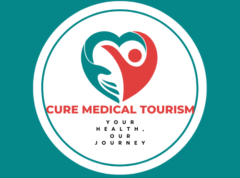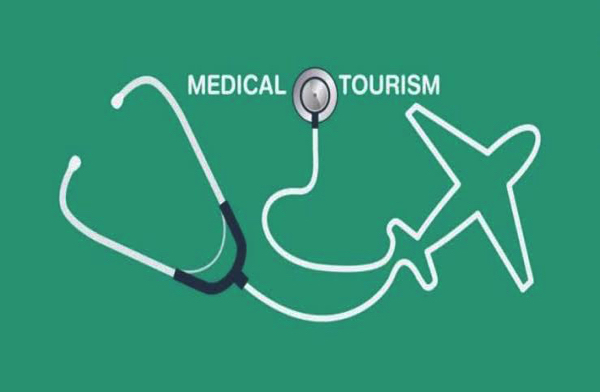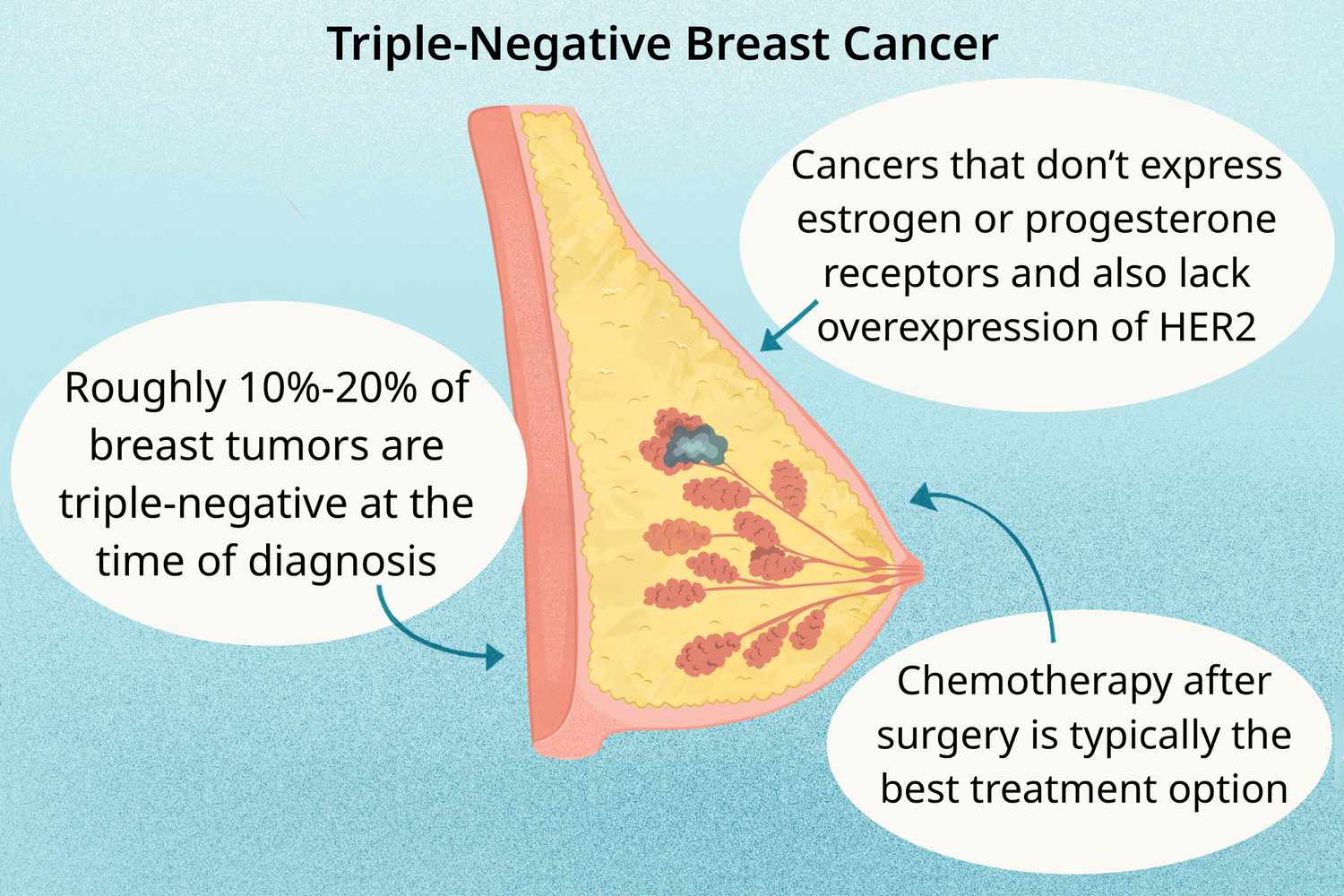Breast cancer is a prevalent form of cancer that affects millions of women worldwide. According to the World Health Organization (WHO), breast cancer is the most common cancer among women globally, accounting for nearly a quarter of all cancer cases in women. Early detection through breast cancer screening plays a crucial role in improving outcomes and saving lives. In this article, we will explore the importance of breast cancer screening in women, the methods used for screening, and the benefits it can offer.
Importance of Breast Cancer Screening: Breast cancer screening involves checking the breasts for any signs of cancer before symptoms appear. Early detection allows for prompt treatment, leading to better chances of successful outcomes. Here are some reasons why breast cancer screening is essential for women:
- Early detection: Breast cancer, like many other cancers, is easier to treat when detected early. Regular screening can help identify breast cancer at an early stage, when it may be smaller, localized, and easier to treat, reducing the risk of advanced-stage cancer and potential metastasis.
- Improved survival rates: Studies have shown that breast cancer screening can significantly reduce mortality rates from breast cancer. Early detection and treatment can lead to better survival rates and outcomes for women diagnosed with breast cancer.
- Increased treatment options: Detecting breast cancer early can offer more treatment options, including less invasive and less aggressive treatments, such as breast-conserving surgery, compared to advanced-stage breast cancer, which may require more extensive treatments, such as mastectomy or chemotherapy.
- Peace of mind: Breast cancer screening can provide women with peace of mind, knowing that they are taking proactive steps to monitor their breast health and detect any potential issues early. Regular screening can help alleviate anxiety and uncertainty associated with breast cancer.
Breast Cancer Screening Methods: There are several methods used for breast cancer screening, and the choice of method may depend on factors such as age, risk factors, and personal preferences. Here are some common methods of breast cancer screening:
- Mammography: Mammography is a common and widely used method for breast cancer screening. It involves taking X-ray images of the breast to detect any abnormalities, such as lumps or calcifications that may indicate breast cancer. Mammography is recommended for women aged 40 and above, and it is typically performed every one to two years.
- Clinical Breast Exam (CBE): Clinical breast exam is a physical examination of the breasts by a healthcare professional to detect any lumps, changes in breast size or shape, or other abnormalities. CBE is typically performed in conjunction with mammography and may be recommended for women of all ages.
- Breast Self-Examination (BSE): Breast self-examination involves women checking their breasts regularly for any changes, such as lumps, changes in size or shape, or skin changes. BSE can be done at home as a part of routine breast health awareness and should be used in combination with other screening methods.
- Breast MRI: Breast MRI (magnetic resonance imaging) is a more sensitive imaging method that uses magnetic fields and radio waves to create detailed images of the breast. It may be recommended for women at higher risk of breast cancer, such as those with a family history or known genetic mutations.
Benefits of Breast Cancer Screening: Breast cancer screening can offer numerous benefits to women, including:
- Early detection and treatment: Breast cancer screening can help detect breast cancer at an early stage, when treatment options are more effective and the chances of successful outcomes are higher.
- Reduced mortality: Early detection and treatment through breast cancer screening have been shown to reduce mortality rates from breast cancer, leading to better survival outcomes for women.
- Increased treatment options: Detecting breast cancer early can offer more treatment options,
References:
- World Health Organization. (2021). Breast cancer. Retrieved from https://www.who.int/news-room/fact-sheets/detail/breast-cancer
- American Cancer Society. (2021). Breast cancer facts & figures 2021-2022. Retrieved from https://www.cancer.org/research/cancer-facts-statistics/breast-cancer-facts-figures.html
- National Cancer Institute. (2021). Breast cancer screening (PDQ) – health professional version. Retrieved from https://www.cancer.gov/types/breast/hp/breast-screening-pdq
- National Breast Cancer Foundation. (2021). Early detection and breast cancer. Retrieved from https://www.nationalbreastcancer.org/early-detection-of-breast-cancer/
- American College of Radiology. (2021). ACR recommendations for breast cancer screening. Retrieved from https://www.acr.org/Clinical-Resources/ACR-Recommendations/Breast-Cancer-Screening
- American Cancer Society. (2021). Breast self-awareness and self-exam. Retrieved from https://www.cancer.org/cancer/breast-cancer/screening-tests-and-early-detection/breast-self-exam.html
- National Cancer Institute. (2021). Breast magnetic resonance imaging (MRI) for breast cancer screening. Retrieved from https://www.cancer.gov/types/breast/mri-fact-sheet
- Nelson, H.D., Pappas, M., Zakher, B., & Mitchell, J.P. (2016). Risk assessment, genetic counseling, and genetic testing for BRCA-related cancer in women: a systematic review to update the U.S. Preventive Services Task Force recommendation. Annals of Internal Medicine, 165(12), 872-882.




I wwas recommended his log bby myy cousin. I aam nott sure whether this post iss writtn bby him as nobldy
else knw sujch detiled abut mmy trouble. You’re wonderful!
Thanks!